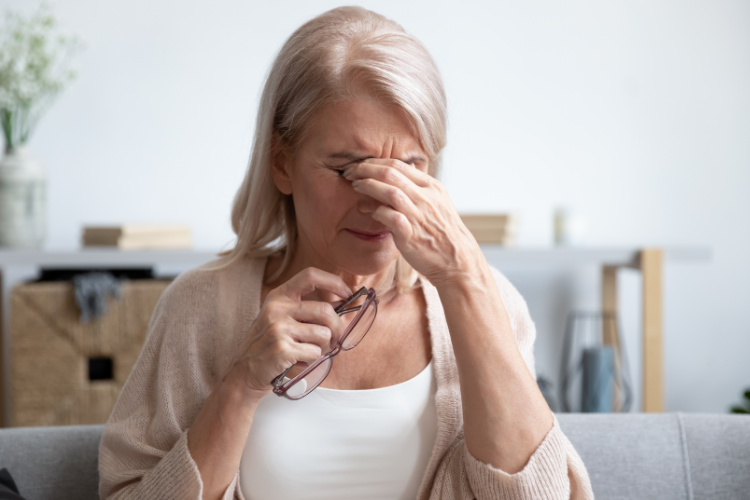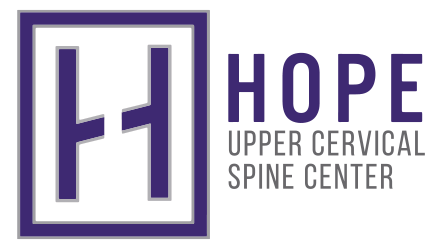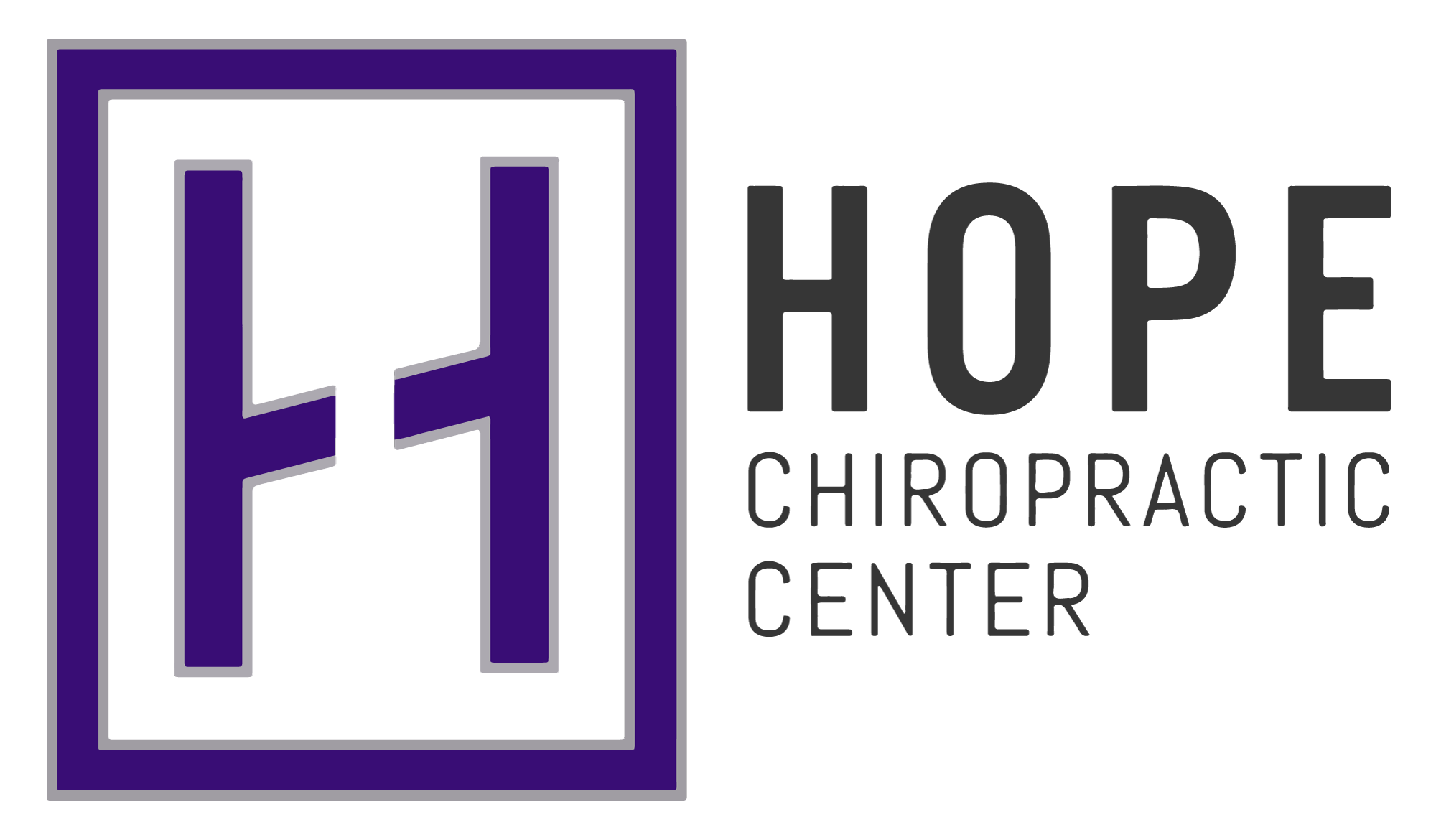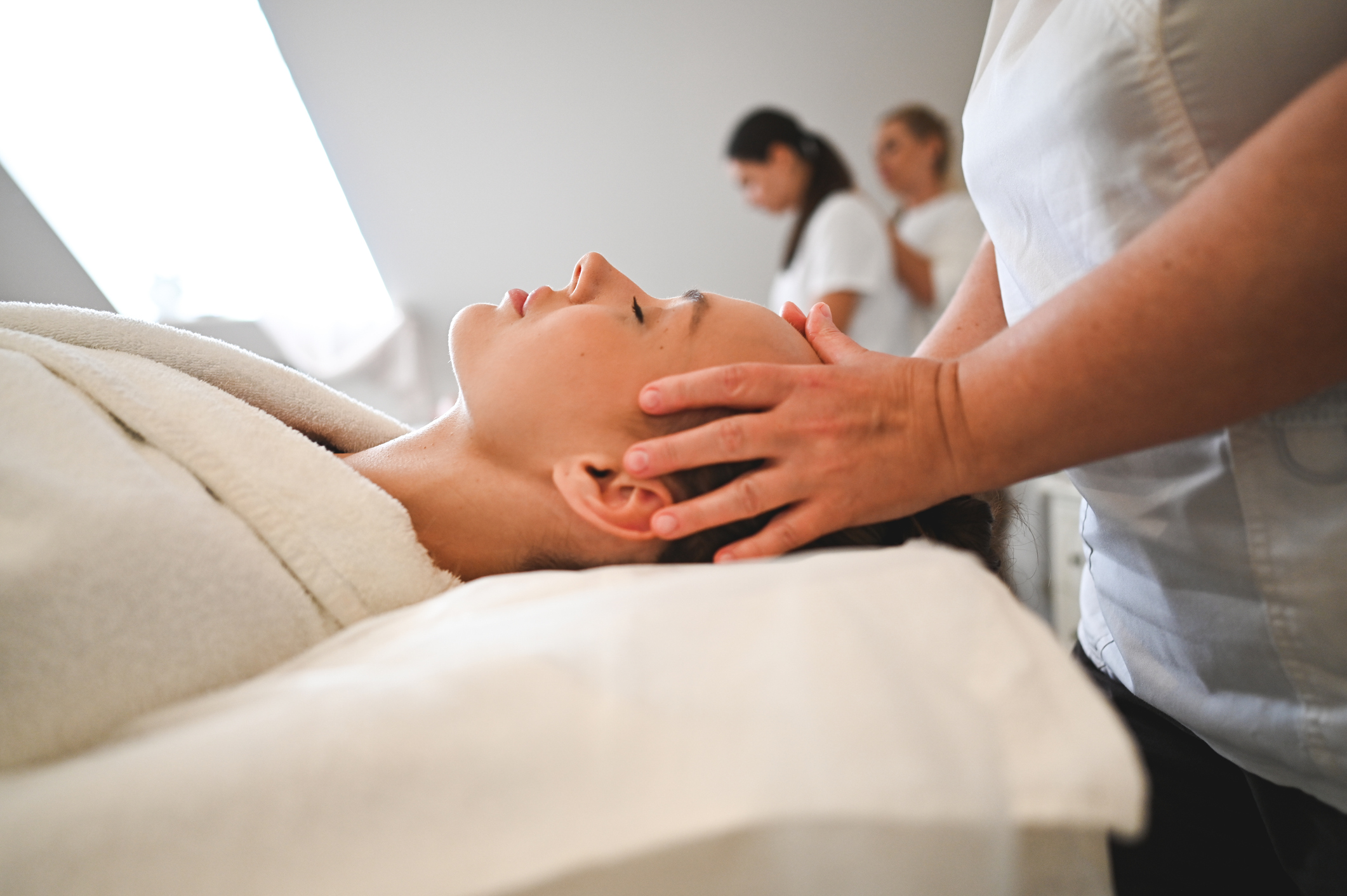
Recovering from a concussion is often more complicated than simply “taking it easy for a few weeks.” For many individuals, symptoms linger long after the initial injury, evolving into what’s known as post-concussion syndrome (PCS). This condition can affect cognition, mood, balance, and energy levels—making even the most routine tasks feel overwhelming.
While neurologists, physical therapists, and cognitive specialists all play important roles in concussion care, one lesser-known but increasingly recognized support method is upper cervical chiropractic.
At Hope Chiropractic in Southlake, Texas, Dr. Joey Kramer offers a focused approach to helping patients in Southlake, Grapevine, Colleyville, Westlake, and Trophy Club manage and recover from PCS naturally.
What Is Post-Concussion Syndrome?
PCS refers to a collection of symptoms that persist beyond the normal concussion recovery window, often lasting weeks, months, or even longer. These symptoms may include:
- Chronic headaches or migraines
- Dizziness and balance problems
- Fatigue and brain fog
- Light and sound sensitivity
- Difficulty concentrating or remembering
- Sleep disturbances
- Irritability, anxiety, or mood swings
In many cases, these issues don’t stem from the brain itself, but from dysregulation in the nervous system and spine—especially in the upper cervical region, just beneath the skull.
The Neck’s Overlooked Role in PCS
When someone experiences a concussion, it’s common for the force of impact to displace the head and neck. Even if there is no visible damage to the spine, the delicate atlas (C1) and axis (C2) vertebrae at the top of the cervical spine can shift out of alignment.
This misalignment may:
- Disrupt normal cerebrospinal fluid (CSF) flow, leading to pressure imbalances in the brain
- Compromise blood circulation to critical areas of the brain
- Irritate or compress the brainstem, which regulates key autonomic functions like sleep, balance, and attention
- Interfere with vestibular and proprioceptive input, contributing to dizziness and spatial confusion
Correcting these misalignments is where upper cervical chiropractic care comes in.
Chiropractic Techniques for Post-Concussion Recovery
Unlike traditional chiropractic adjustments that may involve full-spine manipulation, upper cervical techniques focus exclusively on the alignment of the top two vertebrae.
These adjustments are incredibly precise, using digital imaging and neurologically based assessments to locate misalignments and correct them gently and without forceful twisting or cracking.
Some of the techniques commonly used include:
- Atlas Orthogonal: A low-force method that uses a percussion instrument to reposition the atlas with pinpoint accuracy.
- NUCCA (National Upper Cervical Chiropractic Association): A highly detailed approach that corrects alignment based on X-ray vector analysis.
- Blair Technique: Custom imaging allows chiropractors to tailor adjustments based on the individual’s unique spinal anatomy.
These techniques aim to restore proper spinal alignment, allowing the nervous system to regulate and heal more effectively.
What Patients Report After Upper Cervical Care

Many PCS patients receiving upper cervical care report:
- Fewer and less severe headaches
- Reduced brain fog and clearer thinking
- Improved sleep quality
- Enhanced coordination and balance
- Lower anxiety levels and emotional reactivity
- Increased ability to tolerate sensory input (lights, sounds, screens)
While every case is different, removing neurological interference can significantly accelerate the healing process when PCS symptoms are slow to resolve.
Is Upper Cervical Care Right for You?
You may benefit from chiropractic care if:
- You still experience concussion-related symptoms months after the injury
- You’ve had difficulty finding answers through conventional treatment
- You recall experiencing neck pain, stiffness, or trauma during the incident
- You’re seeking a drug-free, supportive approach to long-term healing
At Hope Chiropractic, Dr. Joey Kramer evaluates your posture, spinal alignment, neurological function, and history of head or neck trauma to create a personalized care plan.
Take the Next Step Toward Full Recovery
Living with PCS doesn’t have to mean endless frustration or dependency on symptom-masking strategies. If your recovery has stalled—or if you never felt like you “bounced back” after a concussion—upper cervical chiropractic care may offer a missing piece to your healing puzzle.
Contact Dr. Joey Kramer at Hope Chiropractic, serving Southlake, Grapevine, Colleyville, Westlake, and Trophy Club, to schedule an evaluation and learn how gentle, precise spinal care can support your journey back to clarity, balance, and energy.
Medical Disclaimer
This article is for informational purposes only and is not intended as a substitute for professional medical advice, diagnosis, or treatment. Always seek the advice of your physician or other qualified healthcare provider with any questions you may have regarding a medical condition.
Never disregard professional medical advice or delay in seeking it because of something you have read here.


